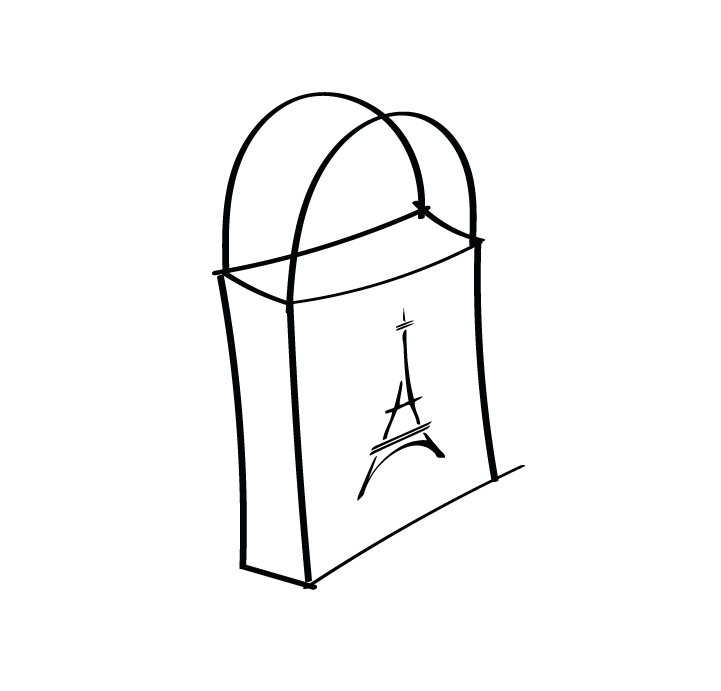
At home "A short history of private life"
Sinopsis
What does history really consists of? Centuries of people quietly going about their daily business sleeping, eating, having sex, endeavouring to get comfortable.
And where did all these normal activities take place?
At home.
This was the thought that inspired Bill Bryson to start a journey around the rooms of his own house, an 1851 Norfolk rectory, to consider how the ordinary things in life came to be. And what he discovered are surprising connections to anything from the Crystal Palace to the Eiffel Tower, from scurvy to body-snatching,from bedbugs to the Industrial Revolution, and just about everything else that has ever happened, resulting in one of the most entertaining and illuminating books ever written about the history of the way we live.
Biografía del autor:
p BILL BRYSON (Des Moines, Iowa, en 1951). Inició la carrera de Periodismo en Estados Unidos, pero la interrumpió para viajar por Europa. En 1977 se instaló en North Yorkshire, Inglaterra, donde residió dos décadas y trabajó en periódicos como i The Times /i o i The Independent /i . Aunque también se ha dedicado a la enseñanza (llegó a ser rector de la Universidad de Durham), actualmente se dedica sobre todo a escribir. Además de i El cuerpo humano /i es autor de, entre otros libros superventas, i Una breve historia de casi todo /i (Premio Aventis de libros de ciencia y finalista del Premio Samuel Johnson); i Un paseo por el bosque /i , i En casa: una breve historia de la vida privada /i ; i En las antípodas /i ; i Aventuras y desventuras del Chico Centella /i ; i 1927: un verano que cambió el mundo /i y i Shakespeare /i , todos publicados por RBA.
Editorial BLACK SWAN BOOKS
Fecha publicación 01-05-2011
Edición : 1
Número de páginas : 700
ISBN : 978-0-552-77735-3
Encuadernación: BOLSILLO RUSTICA
Tamaño: 0 x 0
Idioma: Inglés


